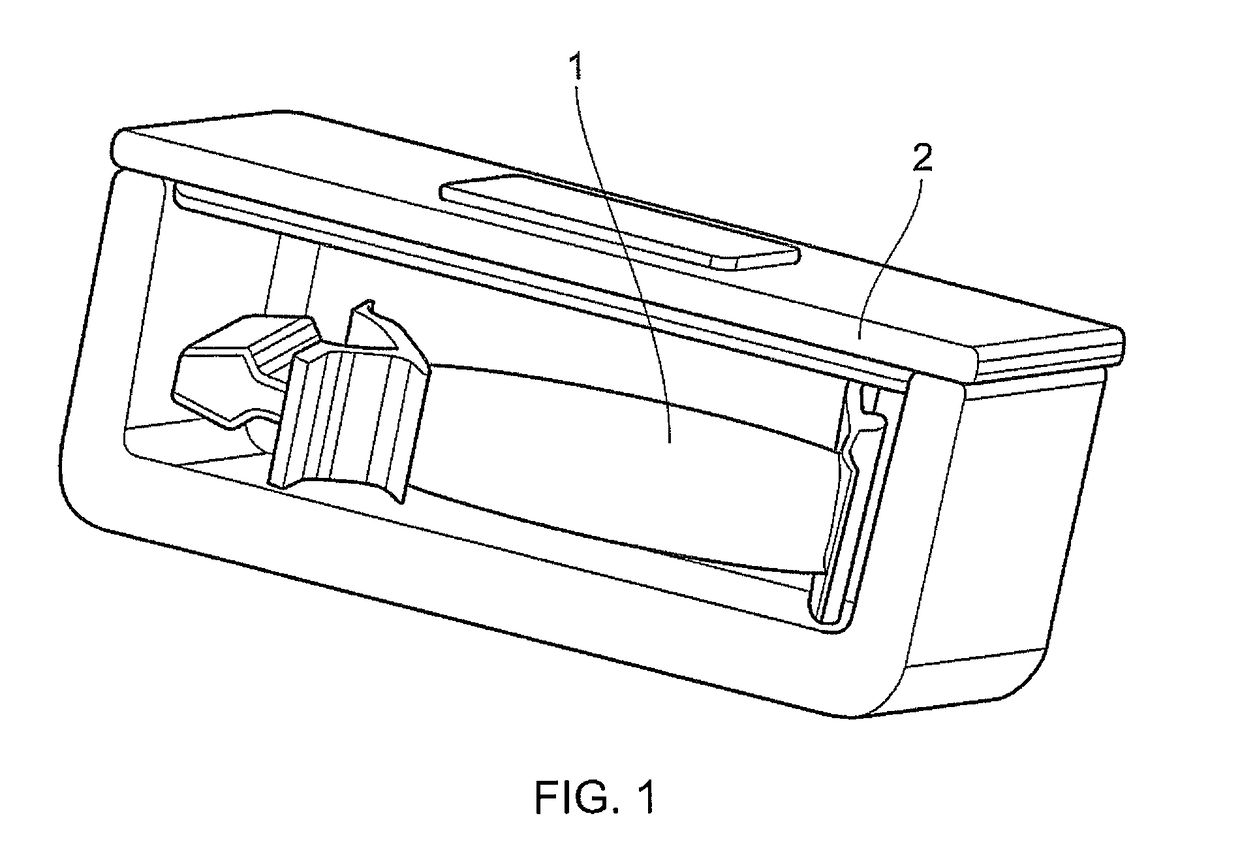Ni superalloy component production method
a superalloy and component technology, applied in the direction of solid-state diffusion coating, coating, metallic material coating process, etc., can solve the problems of blade non-conformity, under-solution of bulk, and excessive reworking of components, so as to reduce or eliminate the occurrence of surface microstructural instability
- Summary
- Abstract
- Description
- Claims
- Application Information
AI Technical Summary
Benefits of technology
Problems solved by technology
Method used
Image
Examples
Embodiment Construction
[0072]The cause of incipient surface melting and / or discontinuous precipitation at the surface of Ni superalloy turbine blades 1 or test bars following solutioning (typically at temperatures of 1300° C.-1360° C., total pressure (Ar atmosphere) of 0.5 mbar, and for isothermal holds times ranging from 7 hrs-25 hrs) has been shown to be related to vaporisation of Ni, Al, Co and Cr from the surface, followed by solute diffusion within the surface layers (D'Souza et al. ibid.).
[0073]One approach of the present invention to alleviate the effects of surface melting and / or discontinuous precipitation is to reduce the role of elemental vaporisation from the surface of the component during solutioning. To control vaporisation, two methods can be adopted:
(1) Since vaporisation occurs from a “native” surface, a first method is to “passivate” the surface of the component by pre-oxidation before solutioning heat treatment. The oxide that forms on the surface then provides a “physical barrier” to ...
PUM
| Property | Measurement | Unit |
|---|---|---|
| temperature | aaaaa | aaaaa |
| temperature | aaaaa | aaaaa |
| thickness | aaaaa | aaaaa |
Abstract
Description
Claims
Application Information
 Login to View More
Login to View More - R&D
- Intellectual Property
- Life Sciences
- Materials
- Tech Scout
- Unparalleled Data Quality
- Higher Quality Content
- 60% Fewer Hallucinations
Browse by: Latest US Patents, China's latest patents, Technical Efficacy Thesaurus, Application Domain, Technology Topic, Popular Technical Reports.
© 2025 PatSnap. All rights reserved.Legal|Privacy policy|Modern Slavery Act Transparency Statement|Sitemap|About US| Contact US: help@patsnap.com



